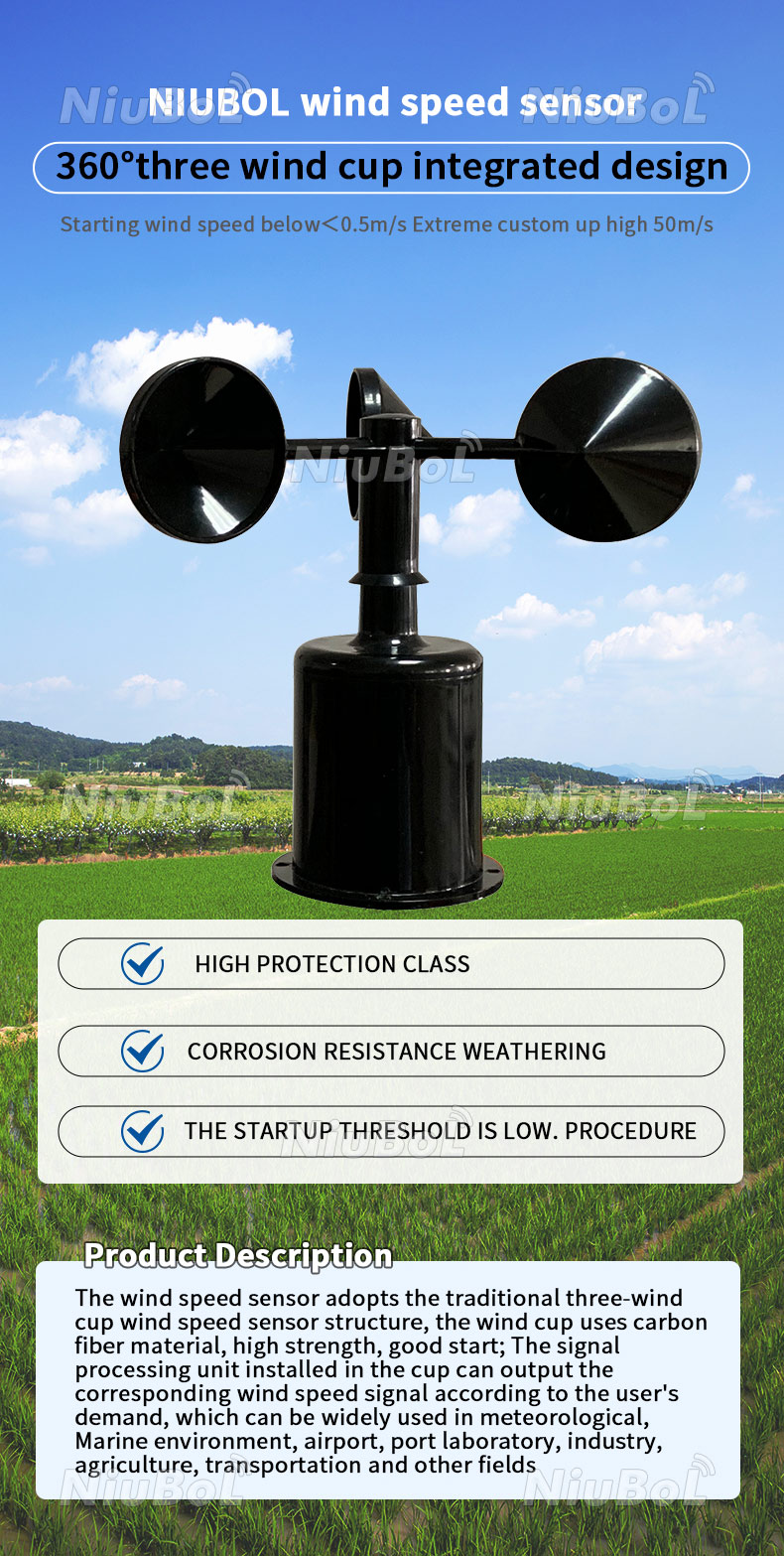Comparing Digital and Mechanical Anemometers: Which is Right for You?
Comparing Digital and Mechanical Anemometers: Which is Right for You?
Blog Article
Anemometers Revealed: Recognizing Their Relevance in Ecological Surveillance and Precaution
The function of anemometers in ecological tracking and precaution is usually undervalued, yet their value is obvious. These tools have a lengthy history rooted in scientific inquiry and technical innovations, advancing to come to be crucial devices in different fields. From meteorology to aeronautics safety and security, anemometers play a crucial duty in offering precise data that notifies decision-making procedures and enhances general security. Understanding the intricacies of anemometers unveils a globe of essential insights that are basic to our understanding of the setting and the steps we take to make sure safety.
History of Anemometers
The development of anemometers can be traced back to the old people where basic wind measuring devices were very first made use of. These early wind measurement devices laid the foundation for the growth of much more sophisticated anemometers over time. One of the earliest well-known anemometers was the hemispherical cup anemometer designed by Leon Battista Alberti in the 15th century. This design included four hemispherical cups that accumulated wind energy, providing a measurement of its strength based upon the speed of rotation.
Over the years, advancements in technology led to the development of more modern anemometers, including ultrasonic anemometers and laser Doppler anemometers, offering raised precision and performance in measuring wind speed and direction. The history of anemometers showcases a remarkable journey of development and development in the field of meteorology.
Kinds Of Anemometers
Throughout the field of weather forecasting, different types of anemometers have actually been developed to accurately measure wind rate and instructions. Sonic anemometers utilize ultrasonic signals to gauge wind rate and direction properly. Hot-wire anemometers operate based on the concept that the cooling impact of wind on a heated cord is proportional to the wind rate.
Applications in Meteorology
Having actually talked about the numerous sorts of anemometers utilized in weather forecasting for gauging wind speed and direction, it is important to explore their functional applications in the area. Anemometers play an essential function in weather forecasting by offering real-time and accurate data on wind problems (anemometer). Meteorologists make use of anemometers to keep an eye on wind speed and direction to forecast weather patterns, problem cautions for severe weather condition occasions like storms, tornadoes, and hurricanes, and evaluate climatic problems for aeronautics security
In weather forecasting, anemometers help in comprehending neighborhood and local wind patterns, which are important for forecasting weather adjustments and identifying weather trends. These tools are likewise made use of in research study to research microclimates, metropolitan warm islands, and air pollution diffusion. In Read More Here addition, anemometers are used in agriculture to optimize plant administration methods, such as watering and pesticide application, based on wind problems.
Significance in Air Travel Safety
An important facet of making certain air travel security depends on the careful surveillance of wind conditions making use of anemometers. Anemometers play an essential role in air travel by supplying real-time data on wind speed and direction, aiding pilots in making educated decisions throughout take-off, touchdown, and flight. Unforeseeable and solid winds can substantially affect airplane procedures, making it essential for aviation authorities to depend on exact wind measurements to guarantee the safety and security of travelers and team.

In the vibrant atmosphere of aeronautics, where even minor modifications in wind rate and direction can have extensive impacts, anemometers stand as essential devices for promoting risk-free and safe and secure flight.
Duty in Environmental Study
Anemometers play an important role in environmental research by providing important information on wind rate and instructions. By precisely determining wind qualities, anemometers assist researchers examine the movement of contaminants in the air, examine the influence of industrial discharges, and anticipate the spread of pollutants in the atmosphere.


Final Thought
To conclude, anemometers have actually played a critical duty in ecological surveillance and security procedures. With an abundant background and numerous types available, these gadgets have actually been widely utilized in meteorology, aviation safety, and environmental study. Comprehending the value of anemometers is necessary for accurately measuring wind rate and instructions, which is essential for predicting weather condition patterns, making sure risk-free aeronautics operations, and performing ecological studies - anemometer. Their contributions to these areas can not be underestimated.
One of the earliest known anemometers was the hemispherical mug anemometer invented by Leon Battista Alberti in the 15th century. Over the years, advancements in innovation led to the development of even more contemporary anemometers, including ultrasonic anemometers and laser Doppler anemometers, offering boosted accuracy and performance in measuring wind speed and instructions. Hot-wire anemometers operate based on the principle that the cooling effect of wind on a warmed wire is proportional to the wind speed. Meteorologists use anemometers to keep track of wind rate and instructions to anticipate weather patterns, issue cautions for severe weather link condition events like hurricanes, tornados, and twisters, and analyze climatic problems for aeronautics security.
Recognizing the relevance of anemometers is vital for properly gauging wind rate and direction, which is important for anticipating weather condition patterns, making sure risk-free air travel procedures, and performing ecological research studies. (anemometer)
Report this page